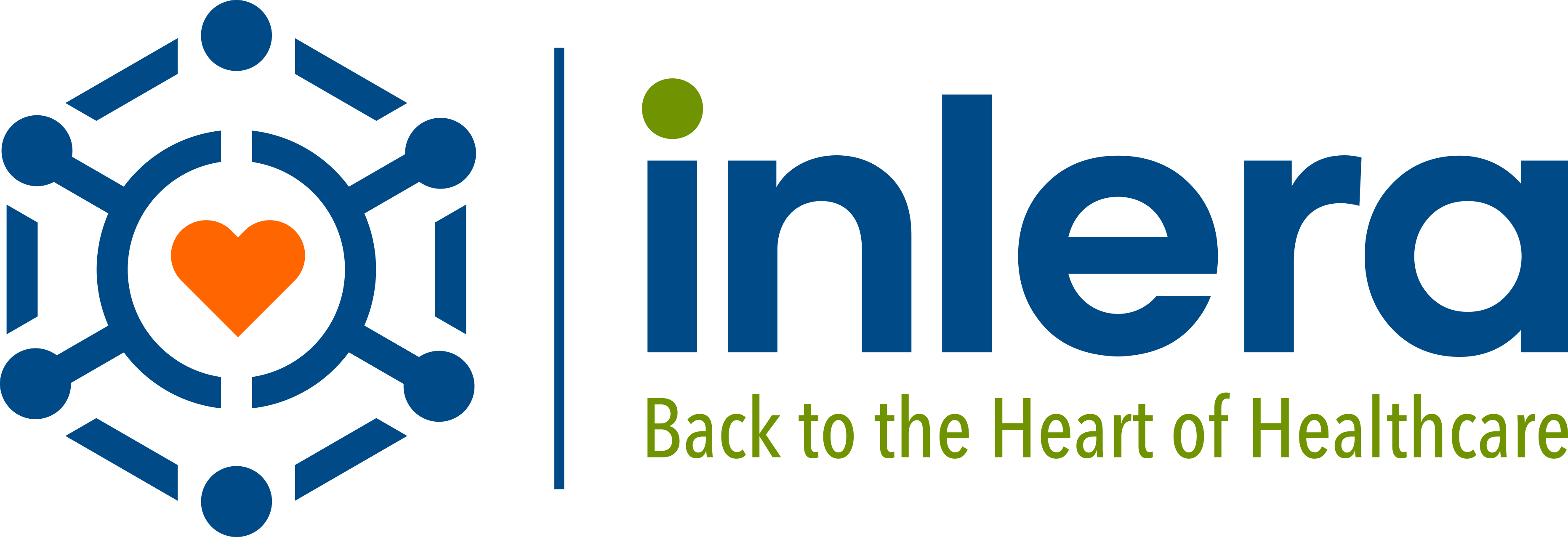
How to Turn Your Data Capture Into a Well-oiled Machine
Have you ever heard the expression “happy wife, happy life”? Well I’d like to switch that up. Because for doctors, it’s more like “happy data capture, happy practice.” I’ll admit, it’s not the sexiest of topics…but data capture is such an important piece of the puzzle that is your practice. It not only gathers the important information you need to properly treat a patient and submit insurance claims, it also sets the tone for a patient’s appointment. A front desk that fumbles with forms or calls a patient four times to ask for their address isn’t going to give a good first impression.

So it’s not being dramatic to say data capture can make or break your practice.
The key to efficient data capture is all in the systems. Never heard of the term “systems”? “Systems” is basically business speak for the procedures and processes you want your practice to follow. It might sound like a scary, technical word, but it’s not so technical in practice.
Your morning routine of waking up, showering, brushing your teeth, packing a lunch, and stopping at Starbucks on the drive to work is a system. A system is a set of steps, a standard operating procedure, to make sure you do a job fully and accurately.
Systems also happen to be the key to successful data capture.
I have a 5-step system that will get your data capture process running like a lean, mean, profit-generating machine:
1. Provide patients with the proper forms
Giving the right paperwork to the right patient is a huge thing. It saves time and it ensures that you’re capturing the right information from the right types of patients.
Some practices color code different packets, where, for example, anything in the blue set of packets is for a child under the age of 18. But how does the front desk evaluate each patient to determine what type of paperwork they should provide?
We all interpret people and situations differently. That’s why it’s really important to make sure that there’s a protocol in place so that the front desk knows how to evaluate what paperwork they should provide patients with. This usually means writing a set of rules for how paperwork gets distributed to each type of patient.
2. Determine legibility and completeness of intake paperwork
We’re all human. Patients can easily write in unreadable chicken scratch, bypass certain parts of intake forms, or fill out the fields incorrectly.
It’s up to your front desk to catch those errors. They need to make sure all the information isn’t just complete…it’s also accurate.
Even if the whole form is filled out, occasionally patients put information in the wrong places. Or you might get part of the address but not the whole thing, for example. So it’s more than just looking over the forms and making sure there’s something written in each area, but also checking that particular something is accurate information.
3. Match what’s on patient forms with ID cards
It’s also important for the front desk to match the information in the patient’s file or intake form with the information on their insurance card and driver’s license.
Even if your practice is using a patient portal, the patient should still give you their insurance card and ID when they come in. It’s not enough to obtain their information — you also have to match up what you see on those cards with what you see in their paperwork.
This is beneficial for insurance purposes. Sending incorrect client information is the first way to guarantee you’re not going to get paid in a timely manner. You’re going to have to correct the information and re-submit, which increases your costs. (I’m sharing the most important fields for revenue retention next week on the blog!)
4. Perform an immediate eligibility check
After the information is entered in your system, I always recommend that practices perform an eligibility check. It’s a Godsend!
Eligibility checks immediately confirm that the insurance company has an actual, active file with that patient’s name and DOB. If a patient passes an eligibility check, it’s a guarantee that you have the right information for your claims to be processed. If the check bounces back that a patient is not eligible, your front desk needs to follow up and verify the patient’s information, pronto, to prevent holdups in submitting your claims.
There are many software programs, tools, and manual procedures you can use to perform eligibility checks. I’ll go into more detail on these methods in a few weeks on the blog.
5. Make sure the patient file is accurately updated with new information
This step really only applies if your front desk is entering in the data themselves, rather than using an automated patient portal. Once the data gets entered, have a secondary follow-up process to review the patient file prior to considering it closed.
I recommend doing this during the closing process, which is likely going to be the calmest part of your staff’s shift. They can take a few minutes to recall the list of all the day’s patients, have all the data in front of them, and check for correctness.
In case of an inconsistency where the intake form and the patient file don’t match, the front desk should do everything they can to resolve the issue quickly. Whether it’s calling the patient or referencing more information from within their file, they should go with the fastest way to resolve the issue.
When your front desk has an efficient system to follow, it’s amazing how seamless data capture can become. Is your practice currently doing any of the steps above? Do you have other systems that keep the front desk operating like a well-oiled machine? Share your ideas in the comments!
For tons more ideas on how to turbo-charge your business, download our free white paper, 5 Strategies to Accelerate Cash Flow & Increase Profits. It’s full of our best tips to streamline your practice to generate revenue. Click here for instant access.

Jasmine Vializ is the President and CEO of Inlera, a billing and practice management company designed to increase the quality of healthcare by helping doctors to prioritize their patients while boosting their bottom line.










